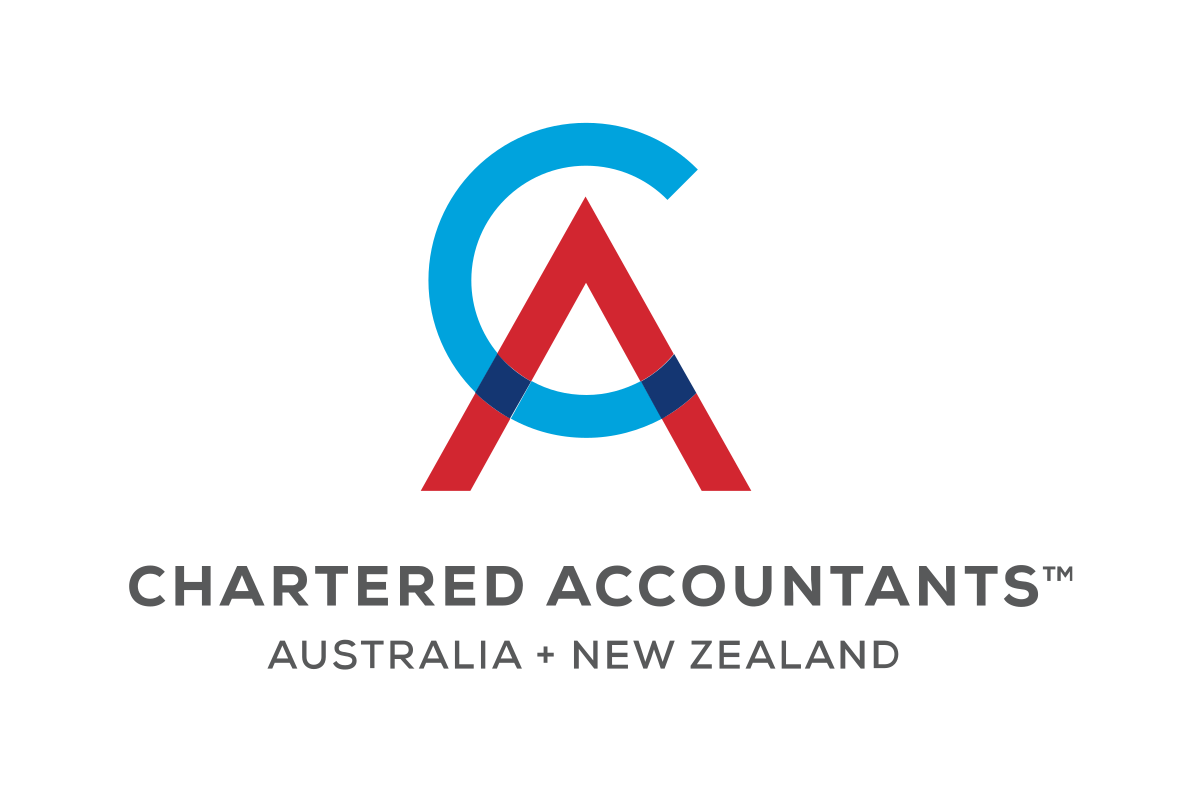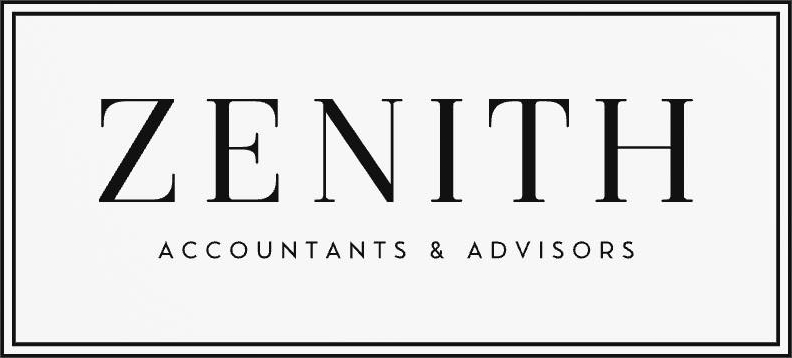Understanding Business Structures: How to Choose The Right Business Structure
When it comes to starting a business, one of the most critical decisions you'll make is choosing the right business structure. The structure you choose will have a major impact on various aspects of your business, such as tax, liability, ownership control and more. In this blog, we will delve into four common business structures: sole trader, partnership, company and trust, to help you make a more informed decision.
The Most Common Business Structures in Australia
In the Australian business landscape, structures primarily consist of four types: sole traders, partnerships, companies and trusts. Sole traders are often the go-to choice for individual entrepreneurs who appreciate the structure's simplicity and the control it offers. Partnerships are frequently adopted by professionals such as lawyers and accountants who wish to share both responsibilities and profits.
Companies are popular among businesses that have significant capital requirements and aim for rapid growth. Trusts are commonly used in family businesses where asset protection and tax planning are key considerations. Each of these structures comes with its own set of regulatory requirements and tax implications, making it crucial for business owners to understand these aspects thoroughly before making a decision.
Sole Trader
What is it?
A sole trader is the simplest form of business structure. It is owned and operated by a single individual who is responsible for all aspects of the business, including debts and profits.
Pros
Simplicity: Easier to set up and manage.
Control: Complete control over the business.
Tax Benefits: Business expenses can offset taxable income.
Cons
Liability: The owner is personally responsible for all the business debts.
Limited Capital: Funding is generally limited to what the owner can personally afford or borrow.
Best For
Individuals who want full control over their business and are willing to assume all the risks associated with it.
Partnership
What is it?
A partnership is a business structure where two or more individuals manage and operate a business.
Pros
More Resources: Partners can bring different skills and perspectives, as well as share the financial burden.
Profit Sharing: All profits earned from the business will be shared among the partners in the agreed-upon percentage.
Cons
Joint Liability: Each partner is personally responsible for the debts and liabilities of the business. Conflict: Differences in opinion can lead to conflict, affecting business operations.
Best For
Businesses where the owners want to share the responsibilities, profits and losses but are willing to assume joint liability.
Company
What is it?
A company business structure is an independent legal entity established by company directors and owned by shareholders.
Pros
Limited Liability: Shareholders are only liable up to the amount invested in the company. Capital Raising: Easier to attract investment and secure loans.
Cons
Complexity: Requires a lot of paperwork and adherence to numerous regulations.
Best For
Businesses that require significant capital, aim for rapid growth or plan to go public.
Trust
What is it?
A trust is a business structure where a trustee (either an individual or a company) holds property or income for the benefit of others, known as beneficiaries.
Pros
Asset Protection: Assets are owned by the trust, offering some protection from creditors. Tax Planning: Allows for more flexible distribution of income, which can be tax-efficient.
Cons
Complexity: Requires a formal trust deed and must adhere to strict regulatory requirements.
Cost: Setting up and managing a trust can be expensive.
Best For
Family businesses looking for asset protection and tax benefits, without the need for public fundraising.
How to Choose the Right Business Structure
When it comes to choosing the right business structure, several factors come into play. First, consider the level of personal financial risk you are willing to take, as some structures expose you to unlimited liability. Next, think about the tax implications; different structures have different tax obligations, so it may be beneficial to consult a tax advisor for specialised guidance.
Control and management are also important; you'll need to consider who will be making the key decisions in the business. You should also think about the long-term goals of your business. Whether you plan on raising capital, going public or staying private will influence which structure is best for you. Lastly, evaluate the costs and administrative requirements, as some structures are more complex and costly to set up and maintain than others.
How to Set Up Your Business Structure
Setting up your chosen business structure involves a series of steps. Initially, you should conduct thorough research to understand the legal and tax obligations associated with each structure. It's often beneficial to consult legal and financial advisors for personalised advice tailored to your specific needs. Once you've made an informed decision, you'll need to register your business, which may involve acquiring an Australian Business Number (ABN) and fulfilling other regulatory requirements.
Preparing all necessary documentation is the next step. This could mean drafting a partnership deed, trust deed or articles of association if you're setting up a company. Opening a separate bank account for all business transactions is also advisable to keep personal and business finances distinct. Finally, it's crucial to maintain accurate and up-to-date financial records for compliance and future analysis.
Why is Business Structuring Essential?
The importance of choosing the right business structure can’t be overstated as this critical decision impacts several key areas of your business. For instance, your personal vulnerability to business debts and lawsuits is directly influenced by the structure you choose and the amount you pay in taxes, both at a personal and business level, is also affected. Your ability to raise capital from various sources can be either facilitated or hindered by your choice of structure. Operational efficiency, including compliance with legal requirements and paperwork, is another area that's impacted. Even your exit strategy—how easy it is to sell the business or pass it on to the next generation—can be influenced by your business structure.
Conclusion
Choosing the right business structure is a cornerstone decision that can significantly influence the trajectory of your business. At Zenith Accountants & Advisors on the Gold Coast, we understand the complexities involved in making this important decision. Whether you're a budding entrepreneur or an established business looking to pivot or scale, the structure you choose will impact your taxes, liability, investment potential and much more.
We specialise in providing tailored advice to help you navigate the maze of options available. From sole traders and partnerships to companies and trusts, our expertise covers the full spectrum of Australian business structures. We aim to offer solutions that not only meet your current operational needs but also provide the flexibility to adapt and grow in the ever-changing business landscape.
Written By Tom Thynne
Tom is the director of Zenith Accountants & Advisors. With over seven years of public practice experience, Tom can see what it takes to make a business successful. Tom is a Chartered Accountant, Financial Planner, Registered Tax Agent and Certified Advisor in QuickBooks Online and Xero.
Address
Unit 2/43 Township Drive
Burleigh Heads, Gold Coast
Zenith
Accountants









